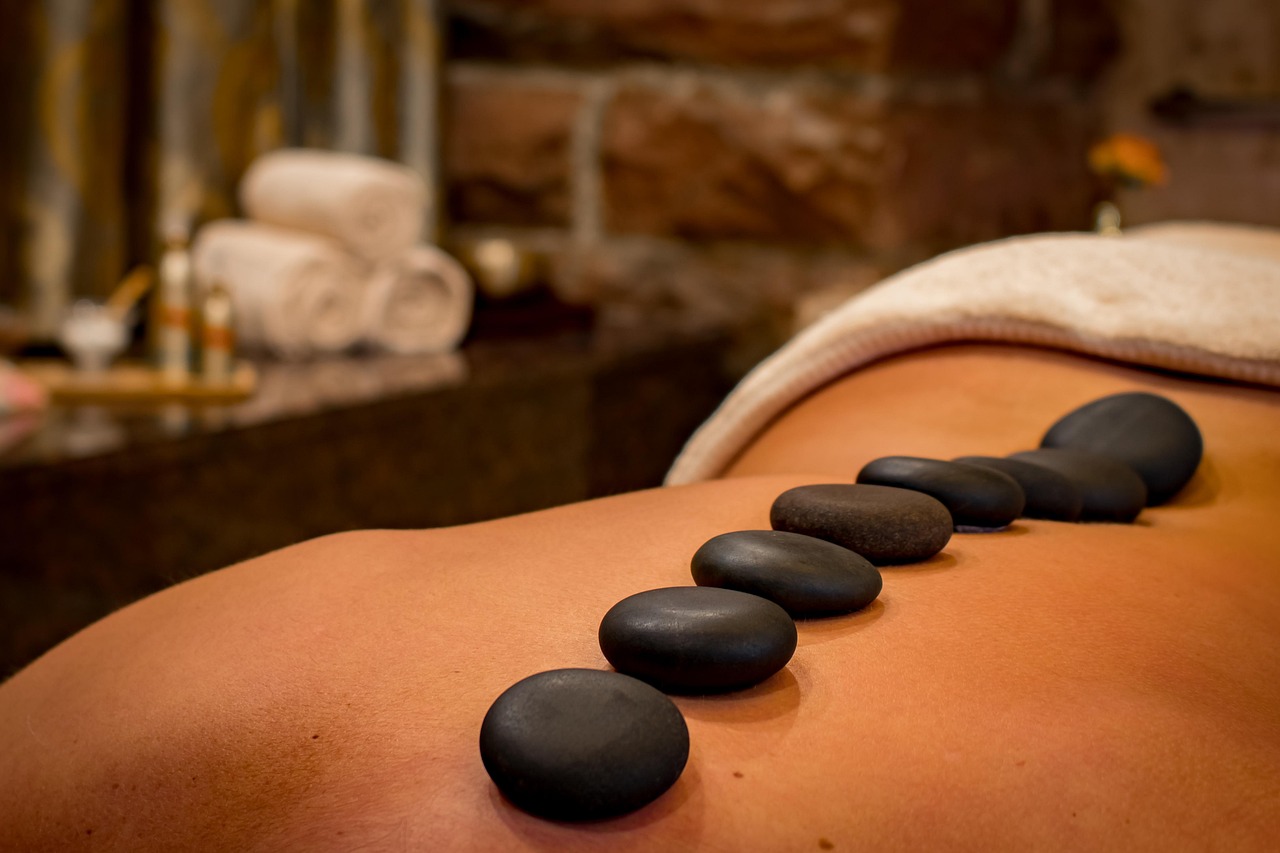
Written by: Jacqueline Newson BSc (Hons) Nutritional Therapy
THREE SYMPTOMS – ONE CONDITION
Whilst women will often seek medical support from health professionals for some of general symptoms, the three uncomfortable issues that women hesitate to discuss with their doctors are vaginal itching, painful sex and lack of libido. These symptoms will happen to around 45% of postmenopausal women and are due to a widespread condition known as vaginal or vulvovaginal atrophy.
Vaginal discomfort and pain during intercourse are the two most prevalent symptoms of vaginal atrophy. Unfortunately, healthcare professionals often overlook this condition, resulting in misdiagnosis, as these symptoms are frequently mistaken for a fungal infection. What’s more, some women may dismiss mild symptoms, believing they are simply an inevitable part of ageing. This mindset complicates the diagnosis and implementation of appropriate treatment. 3 Delaying intervention is unwise, as symptoms can worsen over time, leading to significant distress and may negatively affect personal relationships and quality of life.
What Causes Vaginal Atrophy?
Vaginal atrophy is where the vaginal lining becomes thinner and less elastic due to changes in both androgen and oestrogen hormone levels. The decline in oestrogen production affects several urogenital tissues, not just the vagina but also the urethra, bladder and pelvic floor muscles. It also leads to fewer vaginal cells and reduced glycogen (a form of stored energy), which disrupts the natural balance of vaginal flora.4 With less glycogen, there is a decrease in the production of lactobacilli and bifidobacteria, raising the vaginal pH and allowing harmful bacteria to thrive. 4 Changes in the vaginal microbiome increase your susceptibility to infections like thrush.
Vaginal atrophy primarily affects around 54% of post-menopausal women,5 but is also seen in premenopausal women. It affects the mucus membranes of the vagina reducing lubrication and leading to soreness, dryness, itching, burning and discomfort making sexual intercourse particularly painful. Loss of elasticity and lubrication can also increase the risk of micro tears or genital lesions, resulting in bleeding, scarring and the potential for easier transmission of infections.6
The most commonly reported symptoms associated with vaginal atrophy include:
- Vaginal soreness and itching – suffered by 25–30% of women 7
- Loss of lubrication – cited as a factor in 90% of women with loss of sexual desire 7
- Pain during intercourse – experienced by 42% of women 7
- Vulvovaginal burning – experienced by 14% of women 7
- Vaginal dryness – experienced by 75% of post-menopausal women. 8
- Urinary tract infections 9
- Urinary urgency and incontinence 10
Unlike other menopausal symptoms that reduce over time, vaginal atrophy only worsens. If identified early treatments can improve the symptoms and reverse the physical changes, however, once damage has occurred it is difficult to remedy.
Loss of Libido
Lack of lubrication, reduced orgasm and increased pain often lead to poor libido and lower sexual interest. Menopausal women also experience a decline in testosterone – which may have an additional impact on libido and their sexual response at this time. It is still possible to enjoy a healthy sex life despite these setbacks with appropriate treatments
Natural remedies
While natural remedies do not replace oestrogen they are associated with fewer side effects compared to prescription medications, leading many women to choose this option. These remedies offer several benefits for alleviating the symptoms of vaginal atrophy, including:
Vitamin C – healthy vaginal skin needs good blood vessel tone to deliver oxygen and nutrients encouraging lubrication and suppleness. Vitamin C plays a key role by contributing to collagen formation for normal blood vessels and skin function.
B vitamins – Niacin, vitamin B2 and biotin all contribute to the maintenance of normal mucous membranes and normal skin, which may help to reduce vaginal dryness. Vitamin B6 also contributes to the regulation of hormonal activity, helping to support the balance of hormones during menopausal transition.
Soya – contains natural plant oestrogens called isoflavones, which come in two forms, active and non-active. A rich source of active soya oestrogens can be found in fermented soya foods such as miso, tempeh and natto. To gain the maximum benefits from soya avoid unfermented GMO products such as tofu, soybeans, soy flour, soy milk, soybean oil and soybean isolates (found in many processed foods).
Probiotics – A high-strength multi-strain probiotic may help to restore the balance of the delicate vaginal ecosystem. Positive results using oral probiotics have been recorded in research amongst menopausal women with vaginal itching and burning related to vaginal atrophy. 17
DIETARY TACTICS:
Increase Phytoestrogenic Foods
Plants and herbs contain phyto-oestrogens, which gently mimic natural oestrogen and may help to re-balance hormones. Phyto-oestrogens are adaptogens, which means they can normalise the levels of oestrogens by interacting with human oestrogen receptors. This action helps to modify the effects of insufficient or excess oestrogen in the body which may produce some relief from menopausal symptoms.
One serving of vegetables contains at least 100 different phytochemicals but the metabolism of phytoestrogens is complex, you need a healthy gut flora to transform plant oestrogens into metabolites that have far stronger effects and can lead to better absorption and a higher affinity with oestrogen receptors.
Introduce some phytoestrogen-rich foods into your diet such as fermented soya-based products (miso, natto and tamari), as well as linseeds, the herb red clover, alfalfa, ginseng, celery, fennel, anise, liquorice, rhubarb and other green and yellow vegetables. Add a tablespoon of powdered flax seeds to your breakfast cereal. This will give you a good daily amount of soluble fibre, which helps to increase healthy gut flora and is also a rich source of phytoestrogens.
Flaxseeds, peanuts & lentils contain chemical compounds called lignans. These plant lignans are the main source of phytoestrogens in a typical Western diet. Lignans are acted on by the bacteria in your gut and converted to phytoestrogens. Flax seeds are by far the richest dietary source of plant lignans which may help to balance the hormones at this time. It is also important to include plenty of fibre in the diet as fibre is needed to carry used hormones out of the body in the faeces.
Editor: Alejandra Toro, Pshychologist, MSc Nutrition and Behaviour




